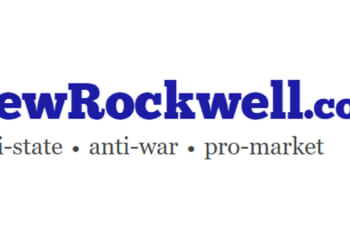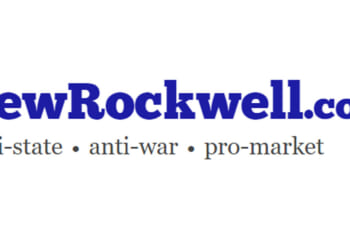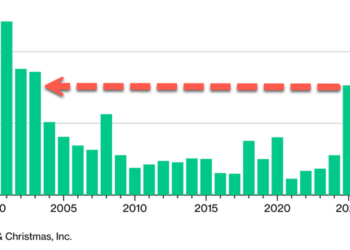A recent NBC News story suggests why mainstream economic logic still holds in the age of AI “slop.” Technological progress tends to automate tasks, not eliminate work. The printing press, the spreadsheet, and Photoshop all threatened jobs before spawning new ones. Generative AI looks no different. For example: Image generators and chatbots may flood the internet with blurry logos and wooden prose, but that mess is keeping plenty of humans busy.
As MIT’s David Autor has noted, machines take over routine chores but make remaining human skills—judgment, creativity, empathy—more valuable. Each transformative innovation wave boosts productivity and incomes, generating new industries and demands that only people can meet. The “labor frontier” keeps shifting, not disappearing. If automation ever makes human labor truly unnecessary, Autor argues, the challenge will be distributing abundance, not overcoming scarcity. Fun fact: Most current jobs didn’t even exist before 1940.

Now a look at the emerging age of AI. According to the NBC News piece, the generative-AI boom has spawned a new class of human fixers—designers, writers, and coders—hired to correct the technology’s clumsy output.
As companies struggle to figure out their approach to AI, recent data provided to NBC News from freelance job platforms Upwork, Freelancer and Fiverr also suggest that demand for various types of creative work surged this year, and that clients are increasingly looking for humans who can work alongside AI technologies without relying on or rejecting them entirely.
Data from Upwork found that although AI is already automating lower-skilled and repetitive tasks, the platform is seeing growing demand for more complex work such as content strategy or creative art direction. And over the past six months, Fiverr said it has seen a 250% boost in demand for niche tasks across web design and book illustration, from “watercolor children story book illustration” to “Shopify website design.”
Similarly, Freelancer saw a surge in demand this year for humans in writing, branding, design and video production, including requests for emotionally engaging content like “heartfelt speeches.”
Still, not everyone wins equally. As The Economist recently noted, generative tools amplify a “barbell” market: Hobbyists at the bottom and superstars at the top thrive, while mid-tier professionals feel the squeeze. Yet even that is less apocalypse than evolution. The digital flood creates more niches, more remixers, more human-in-the-loop roles.
From the piece:
In a sea of endless content, users rely on algorithms to point them to the best stuff—and many end up in the same place. Since 2017 the number of artists making over $1,000 a year in Spotify royalties has tripled; the number making $5m has quadrupled and that of those making $10m has risen seven-fold. Similar patterns can be seen in the book and film industries where, despite more content sloshing around, the biggest hits are bigger than ever. Slop’s losers will be the professional creators who are not successful enough to join the top table, and must now share the scraps with millions more rivals than before.
Yes, AI will disrupt the creative economy, just as previous waves of technology have. But with that destruction will come new creation.
The post How AI ‘Slop’ Still Pays the Bills appeared first on American Enterprise Institute – AEI.











